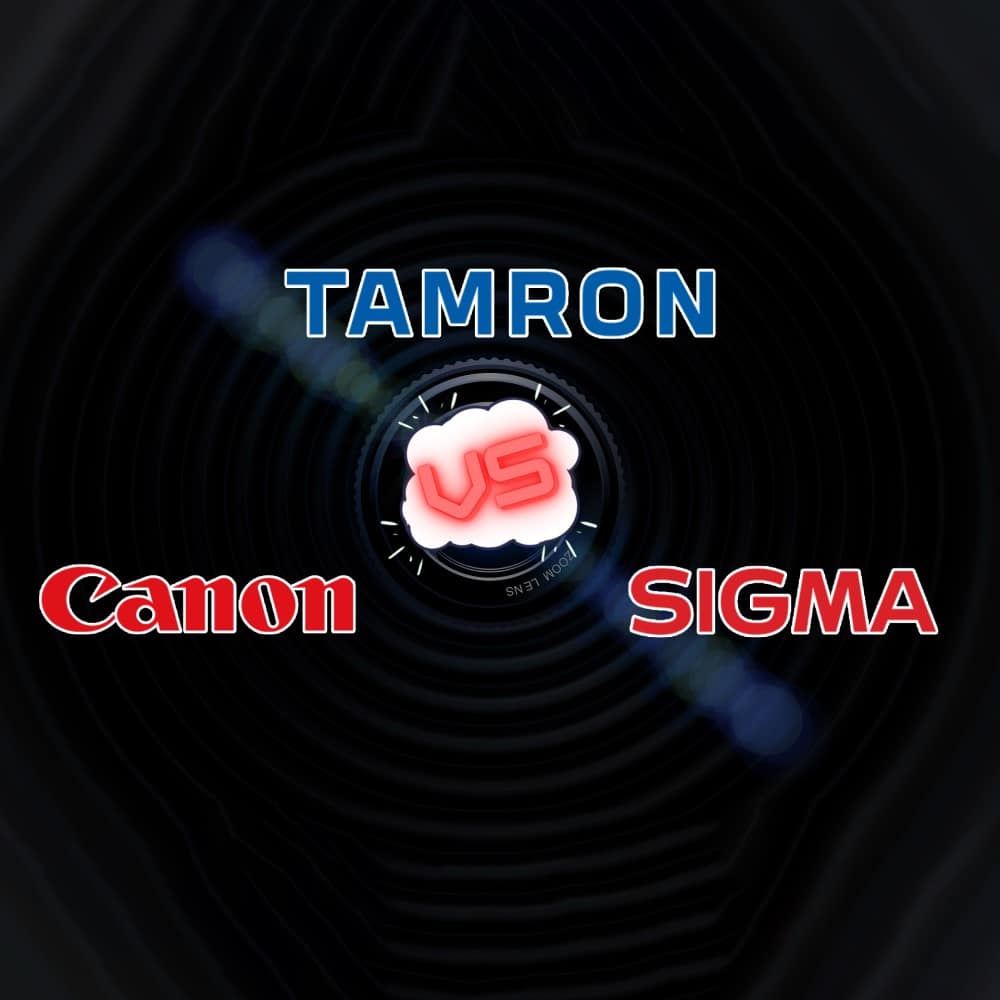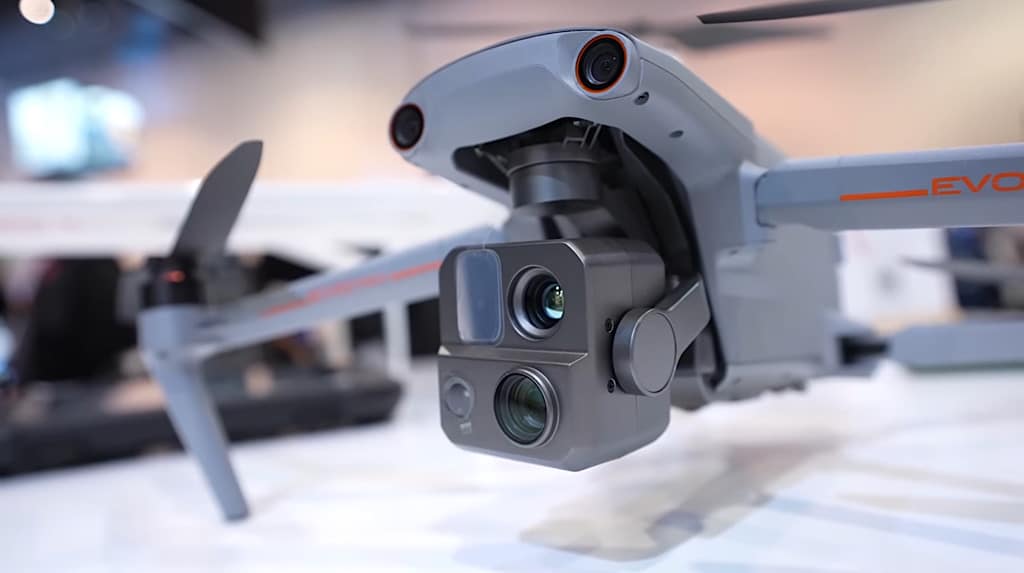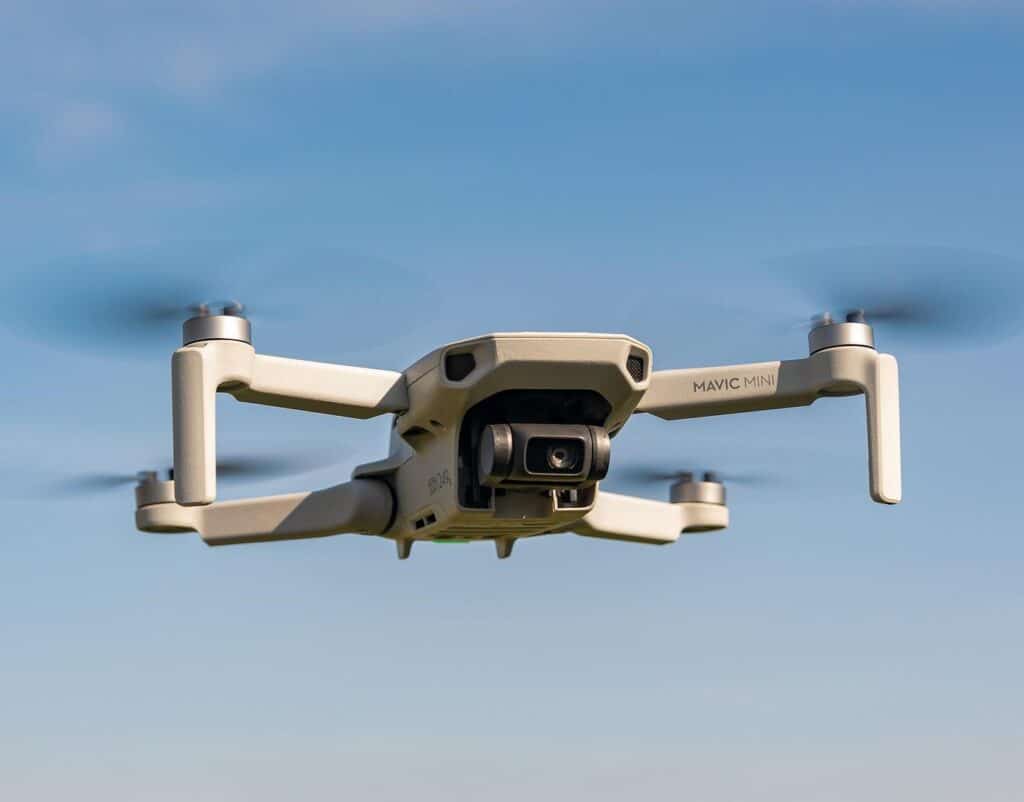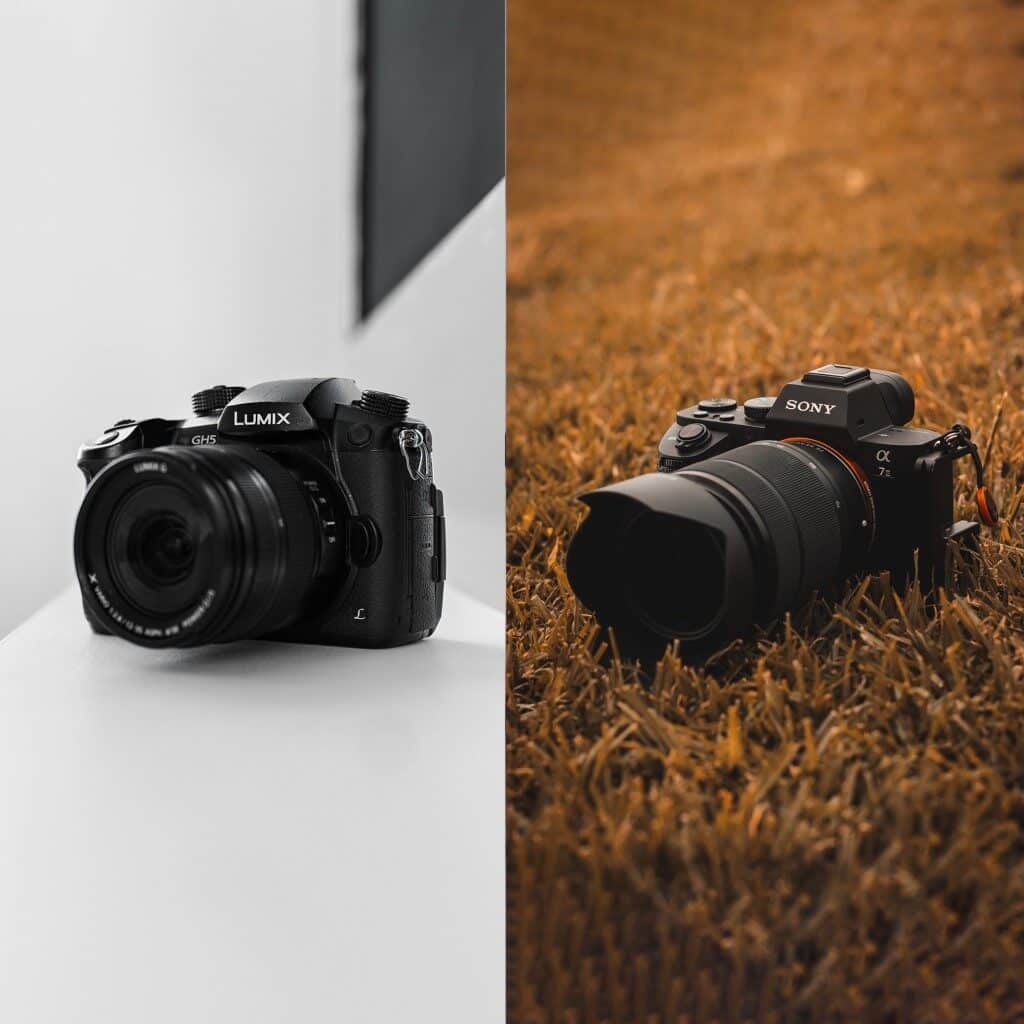When you purchase through links on our site, we may earn an affiliate commission. Learn more...
Canon EOS Rebel T7i / 800D: Honest Review
Verdict
The Canon Rebel T7i/800D is a really great entry-level camera for both photographers and videographers. It’s got Dual Pixel autofocus, can shoot video at 60fps, and even has a 3.5mm mic input, which is kinda hard to find in this price range.
Now, it does have a few downsides—like it doesn’t do super well in low light, it doesn’t have built-in stabilization, and it can’t shoot in 4K or LOG. But honestly, for the price, that’s not too bad.
However, since this one’s been discontinued, I’d say check out the Rebel SL3. It’s pretty much got the same specs as the 800D, but it shoots sharper images and even gives you Crop-Frame 4K video, which is a nice upgrade!
Pros
- 3.5mm Mic Input
- Vari-Angle Touch Screen
- Crisp Image
- Dual Pixel Autofocus
- Easy to use
- 60FPS video
Cons
- No built-in stabilizer
- No 4K Video
- The viewfinder covers only 95%
- No C-LOG profile
Price
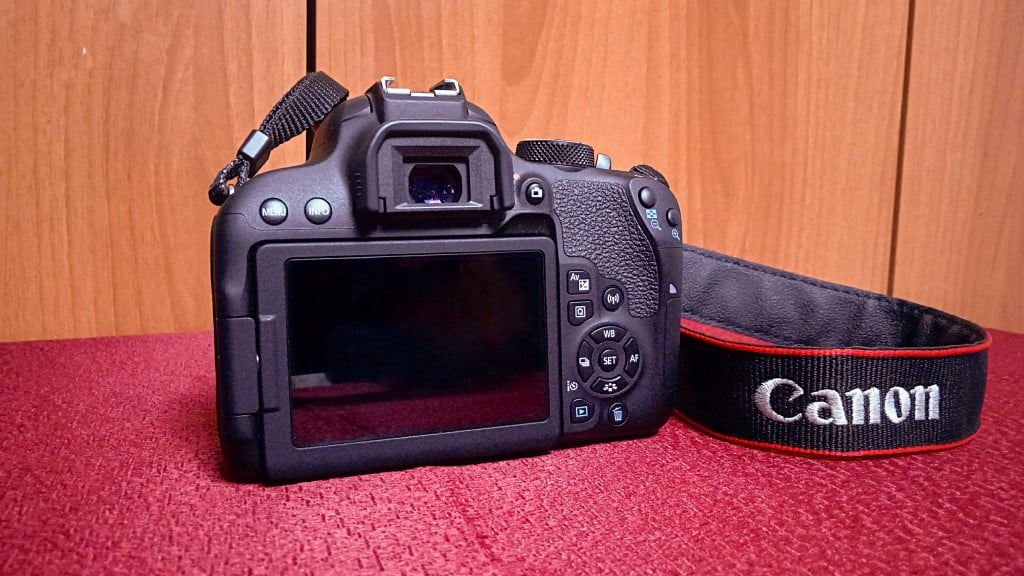
We have been using the Rebel T7i (also known as EOS 800D) for about a year now.
We bought the starter kit which includes the stock EF-S 18-55mm f/4-5.6 IS STM lens in November 2021 during the Black Friday sales for about $400 from a local store, but apart from that, the minimum you can get it for is about $600+ on Amazon and other retail stores.
Getting a more expensive lens from Canon or even Tamron will give you much better visual quality than what you’ll see in this review.
Finding one is getting rare as it got discontinued in 2021 and there are only a few of them left around. The reason why we chose the 800D over other cameras at the same price range is the things this DSLR has to offer. But keep reading to learn more!
General Features
We talked about the pricing of the camera but what do you actually get with that money?
The Canon Rebel T7i carries a 22.3mm x 14.9 mm Dual Pixel CMOS AF APS-C image sensor which can capture a maximum of 24.20 megapixels picture and up to 6 frames per second in continuous shooting mode.
The DIGIC 7 image processor offers from 100 to 25600 ISO speed for shooting in low-light conditions, although as you will see later in this review, it may not be the best idea to shoot at such a high ISO because of the amount of noise that gets introduced into the picture.
Spoiler alert: the 800D with the stock lens does not handle digital noise very well.
The shutter speed varies between 30″ and 1/4000″ so you’ll be able to capture high shutter and long exposure images if you are interested.
Furthermore, the EOS 800D comes with a vari-angle 3.0″ touchscreen display which comes in handy if you take photos or shoot videos while lying on the ground.
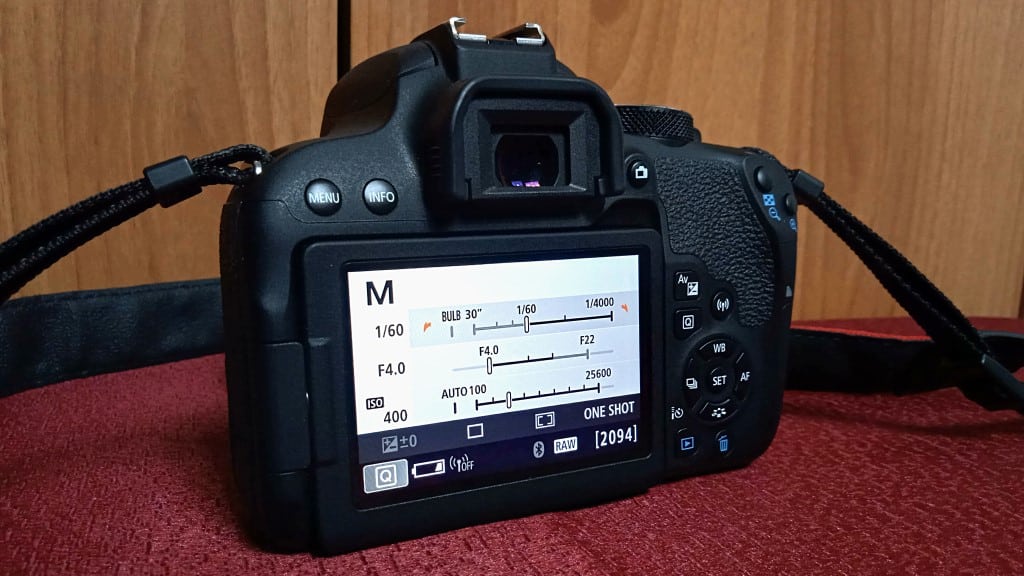
White Balance – Flash
Regarding the auto white balance of the camera, you only get 2 options between Ambience Priority and White Priority. I suggest you set up a custom white balance or choose one of the presets depending on your situation.
You can select between Daylight, Cloudy, Shade, flash, and many other settings. The camera also comes with a built-in flash but I wouldn’t recommend you use it unless you have a diffuser. You’d rather use an external flash instead.
ViewFinder – Auto-Focus
One of the negatives that you realize right off the bat is that its pentamirror viewfinder only offers 95% view coverage so you won’t be able to see the whole picture unless you utilize the LiveView.
If you shoot using the optical viewfinder, you get a maximum of 45 cross-type points.
If you use the LiveView LCD screen instead, you have 49 AF points to work with, even though you really only see a maximum of 9 points. If you are used to more premium cameras with more than 100 AF points, then you might be disappointed in that aspect.
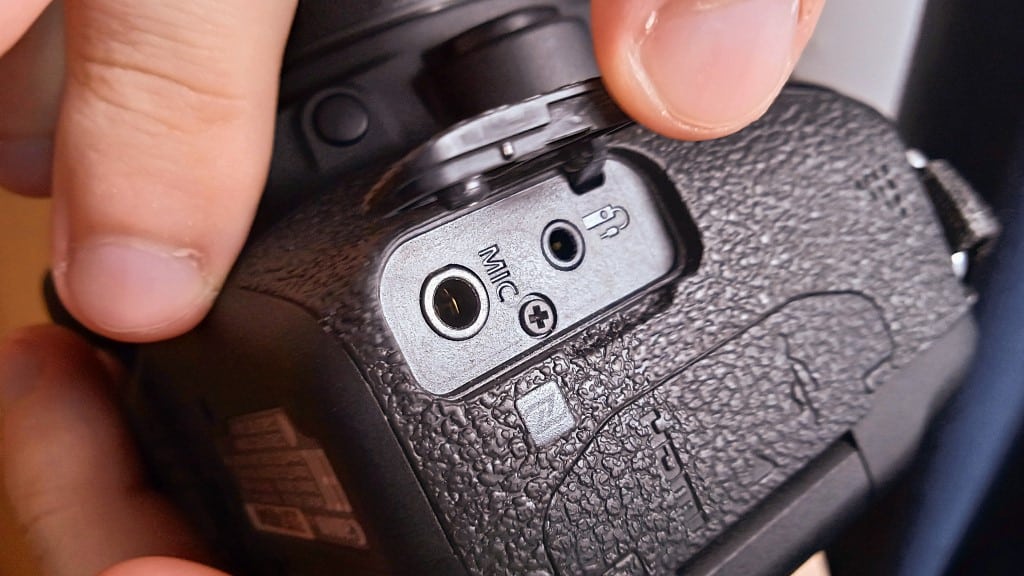
The AF modes available are AI Focus, One Shot, and AI Servo. They are all pretty decent and, for me, the AI Face detection and tracking in combination with the Dual Pixel technology is exceptional. You’ll see more about that in the Video section.
Storage
Rebel T7i sadly only takes one SD card that’s up to 128GB in capacity so you are quite limited in terms of storage. You can use SDHC and SDXC (UHS Speed Class 1 compatible) cards.
However, considering the fact that this camera doesn’t shoot 4K, the file size is not really high for videos compared to other cameras.
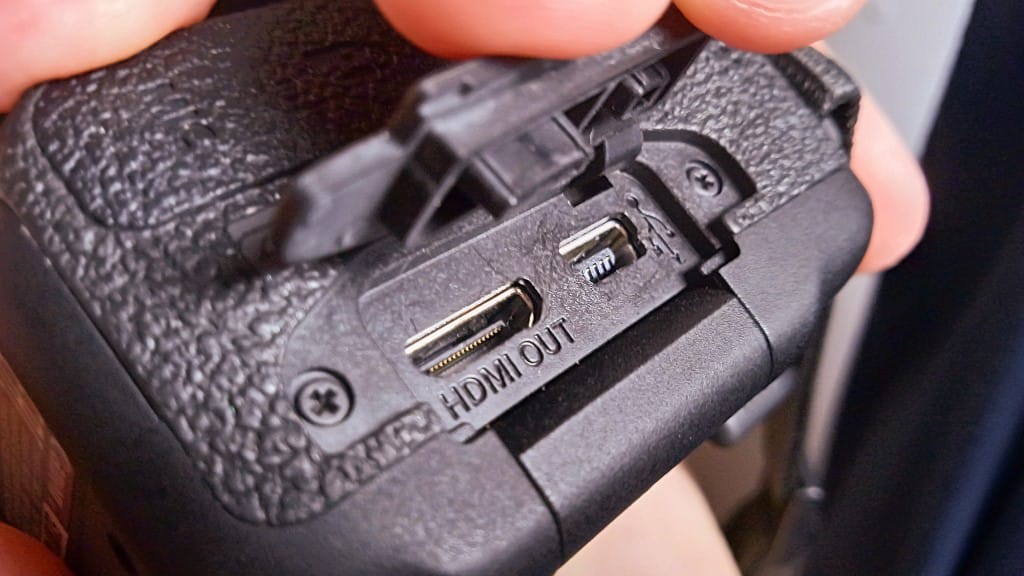
Connectivity
The EOS 800D is equipped with a 3.5mm mic input which really is the main reason we prefer it over most of the alternatives at the same price range. Sadly, it doesn’t have a headphone jack in order to live monitor what’s being recorded.
In addition, it has a mini USB-B port, an HDMI out, and a Remote Controller port. It supports WiFi, NFC, and Bluetooth file transfer.
For the full list of the specifications of this camera, check out Canon’s website!
Build Quality
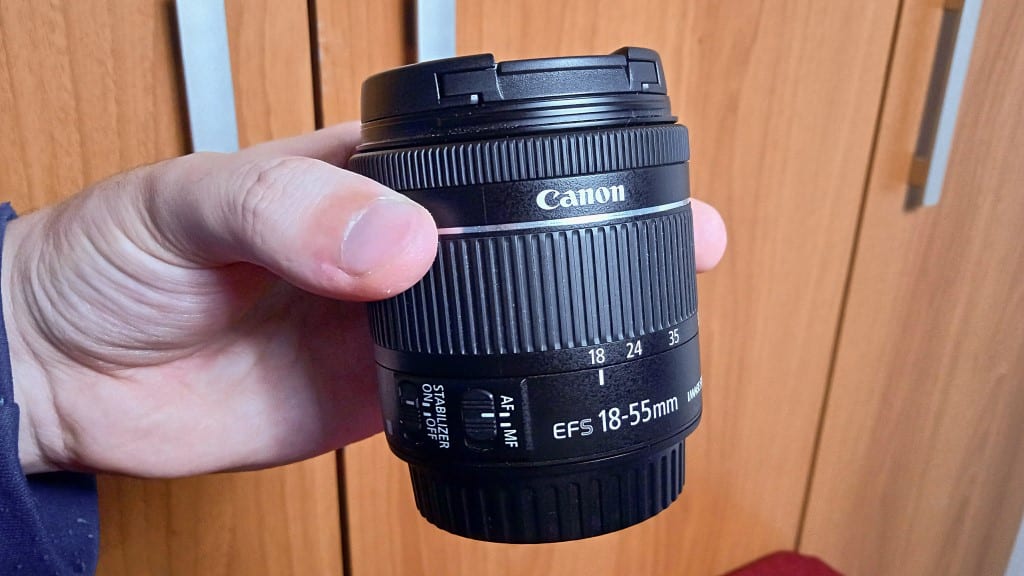
Overall, this is a beautiful camera. It has a matte, black, plastic body with rubber pads on the gripping areas which give it the classic sleek design of a usual DSLR. However, I have to admit that it feels a bit “plastic”.
Not cheap for sure, and it’s of excellent quality, but compared with other cameras side by side, it does have a more “plastic” feel to it.
On the other side of things, it is a fairly compact camera and lightweight which makes it a bit more comfortable when you shoot for many hours straight, but that changes depending on the size of the lens you use.
The body itself weighs 532 grams. However, I can’t say that this camera has the best build quality it could.
What I mean by that is that it lacks weather sealing which, in my opinion, is one of the most important things on a camera that is meant to be used in damp conditions, in dirt and dust, even in cold and rain.
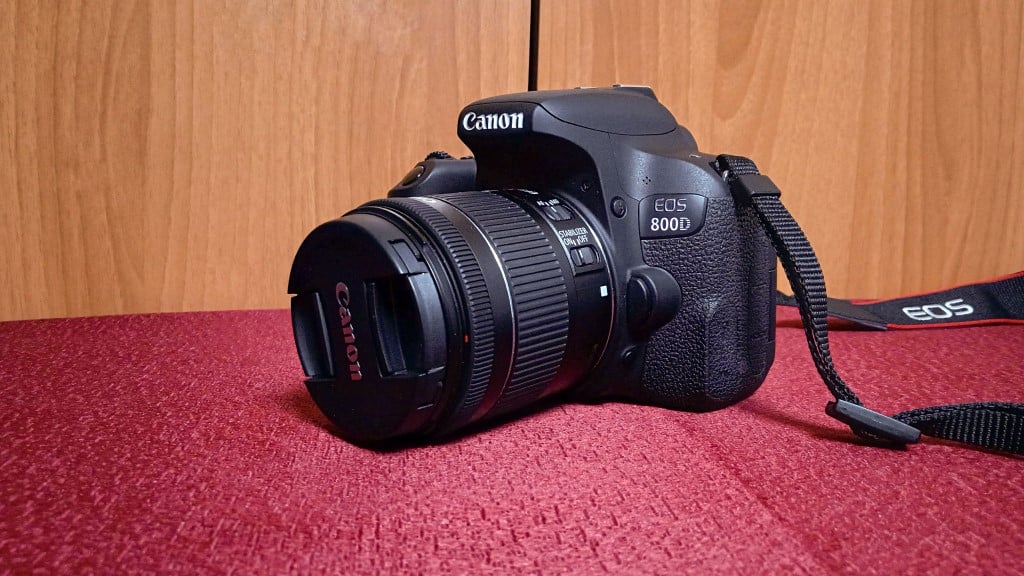
And it is not like you can have it in a waterproof hood all day long. So if you are a nature photographer and love taking shots outside in the rain, always use a waterproof hood to protect your camera.
In terms of durability, things may get a bit complicated here. It is quite durable; for instance, if you accidentally bump it into a wall, it will more likely get no damage.
But let’s be realistic here. Like all DSLR cameras, surviving a fall is against the odds.
Even if the case gets no scratch, it may get damaged internally meaning broken mirrors or other important parts. But that is not exclusive to the EOS 800D. That applies to all cameras. Long story short, treat it like your baby.
Image Quality
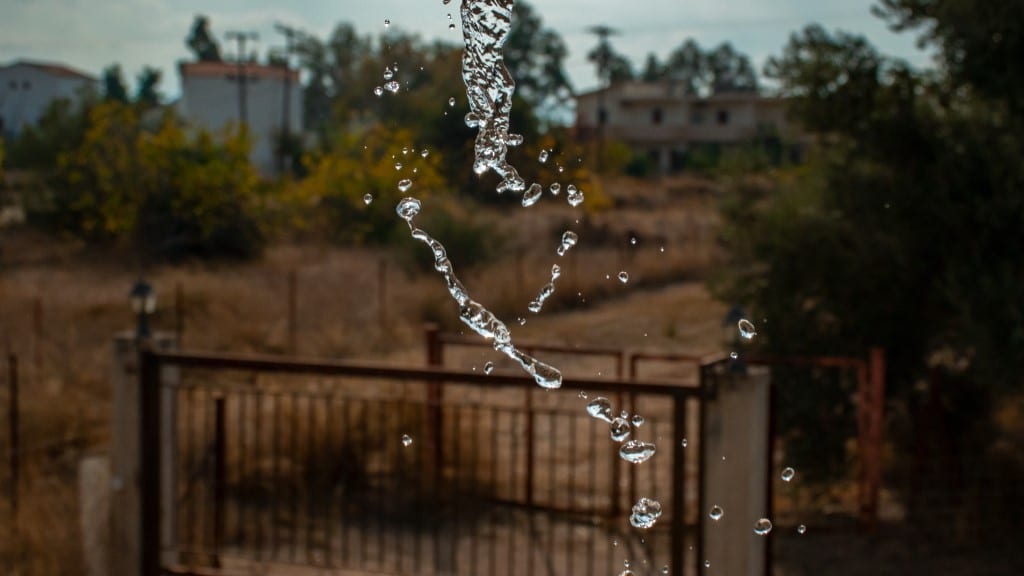
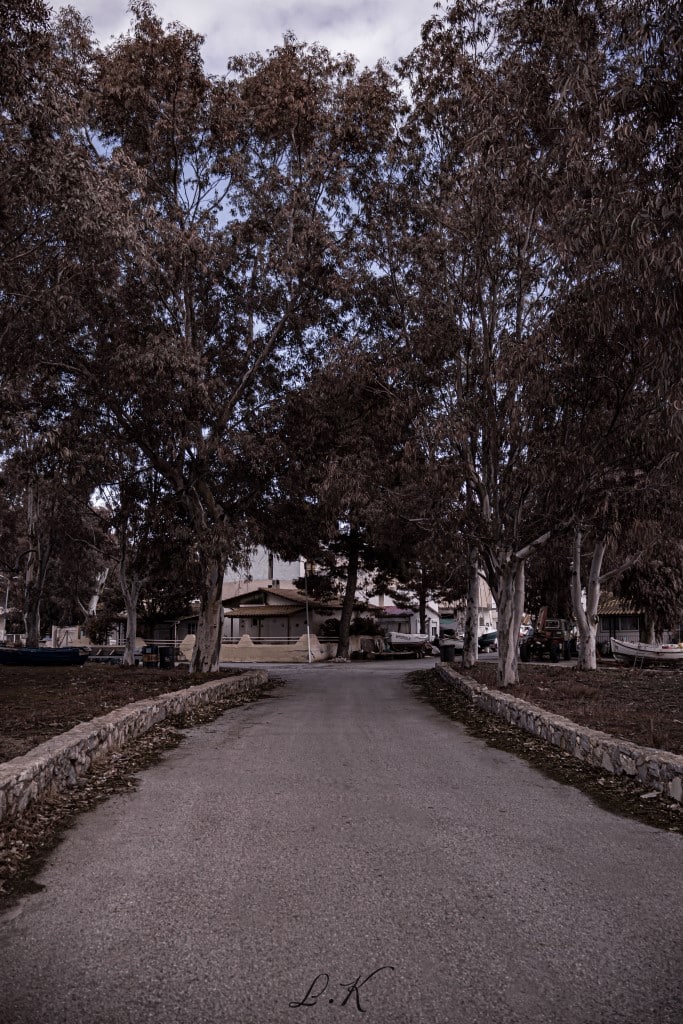
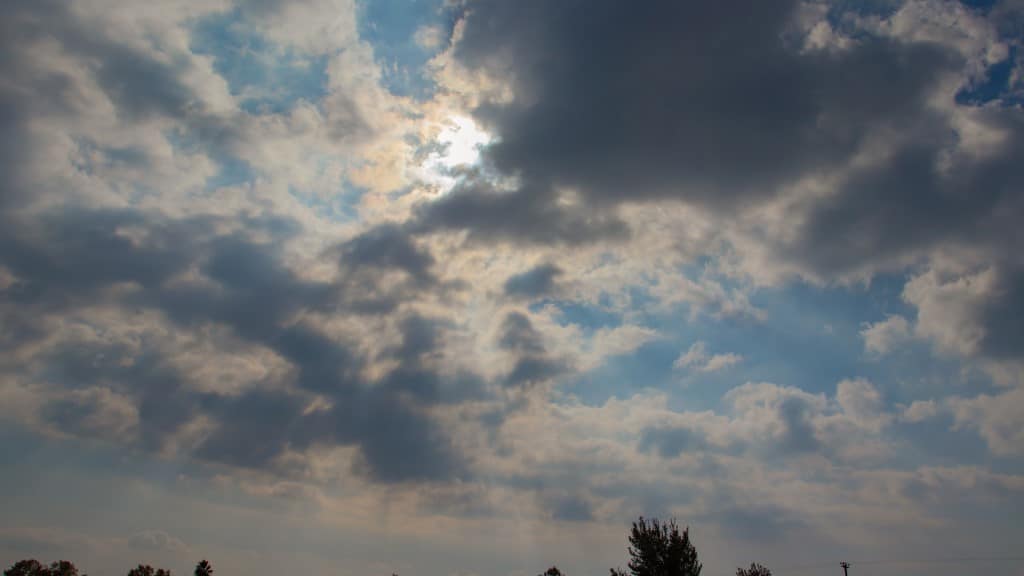

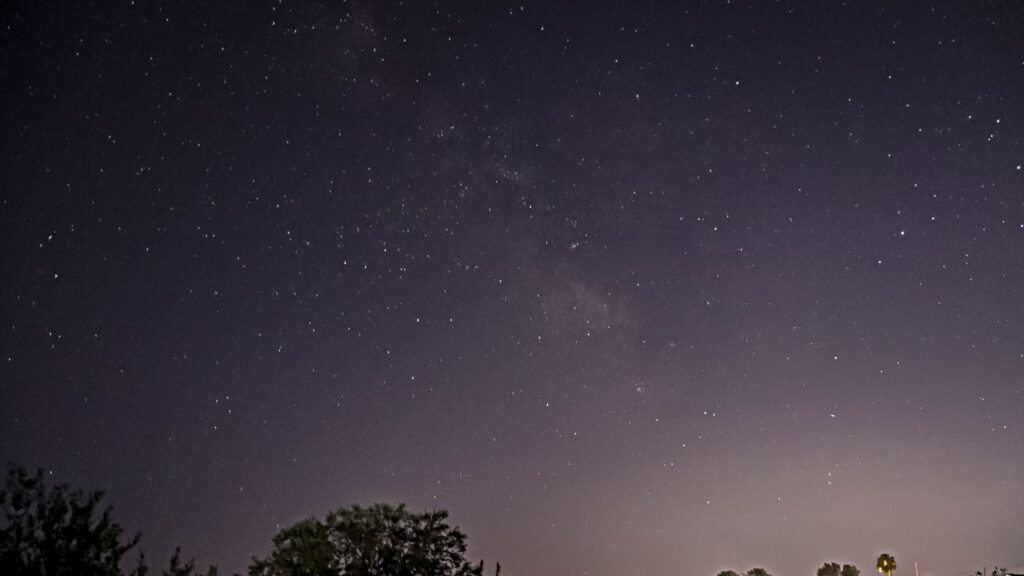
The overall image quality, as you can see in the following images, is very good given it is an entry-level camera. It shoots a maximum resolution of 6000×4000 pixels and offers a variety of aspect ratios like 3:2, 4:3, 16:9, and 1:1 to match your needs at any time.
The color spaces it can shoot in are sRGB and Adobe RGB. Apart from the RAW file format, it can also save RAW+JPEG at 24MP, Small JPEG at 3.8MP, Small JPEG at 5.9MP, Medium JPEG at 11 MP, and Large JPEG at 24 MP.

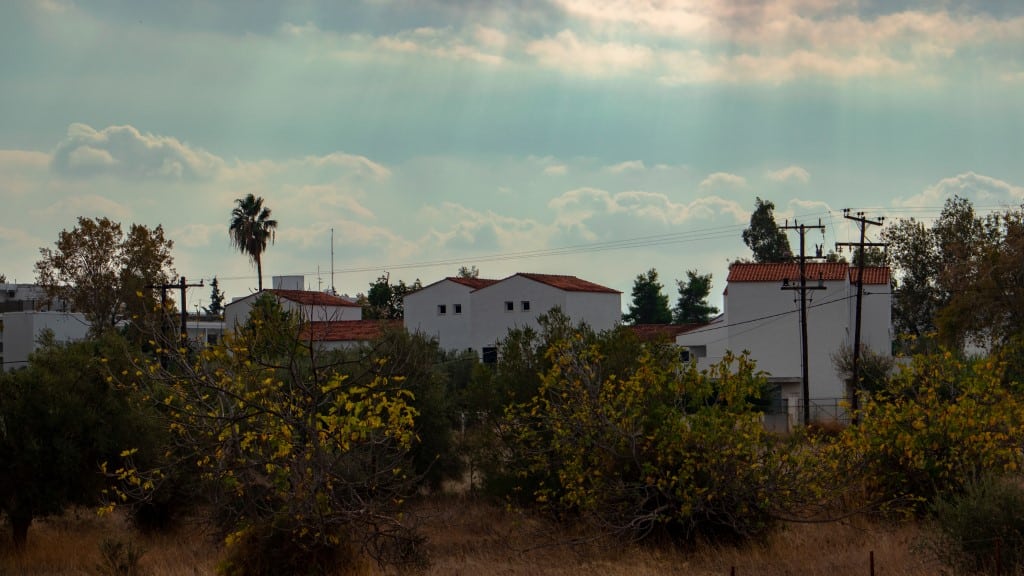

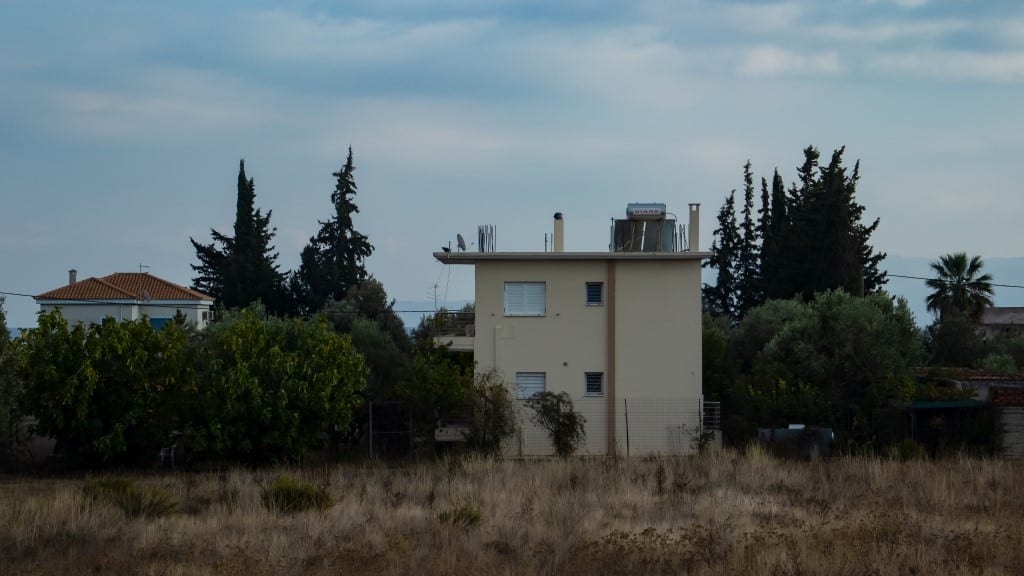
It captures a lot of detail but photos are not as sharp as the EOS 250D which is in the same price range in the US (it’s a bit more pricey in Europe). Colors tend to go slightly towards a greenish tint, especially in low-light conditions. And the higher the ISO, the more greenish the colors look as it adds more green color noise.


Nevertheless, you can adjust the colors of your camera in the WB (White Balance) mode by slightly moving the color cursor toward magenta.
If you keep ISO at a 100 value, there is still some mild noise in photos but no color noise which gives you more accurate color tones. We put the 100 ISO to the test combined with a fable light to see how it would perform.

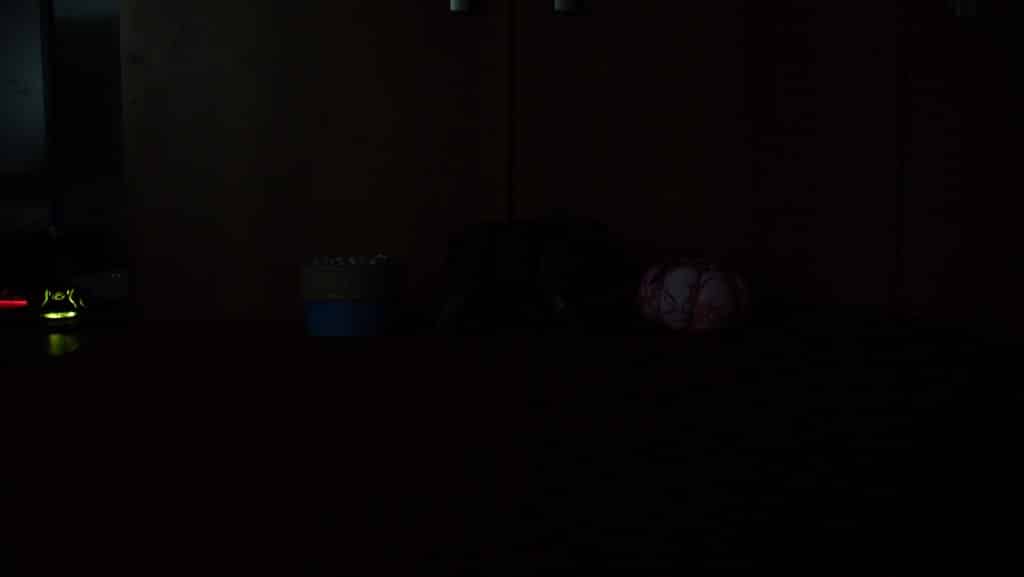


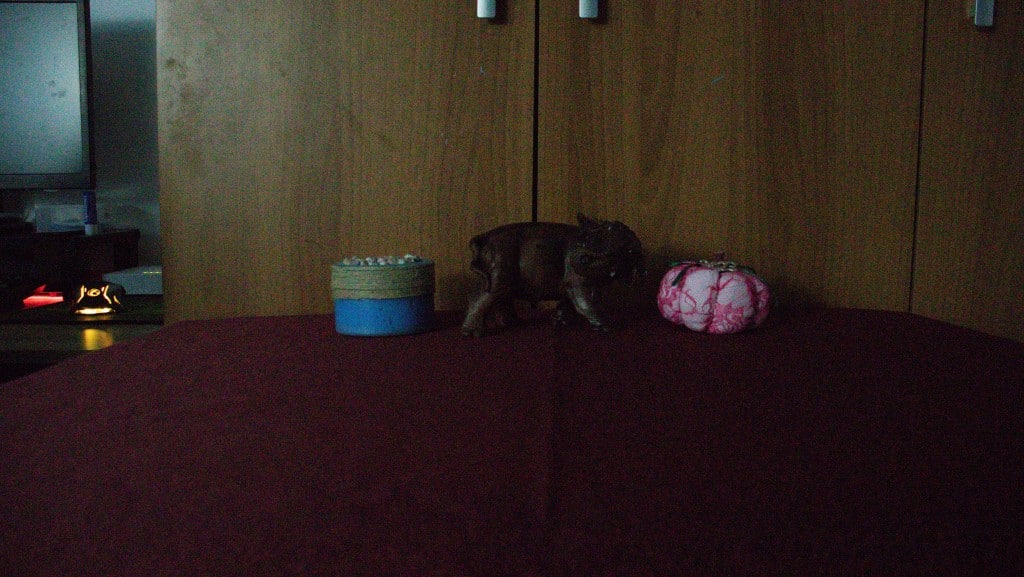
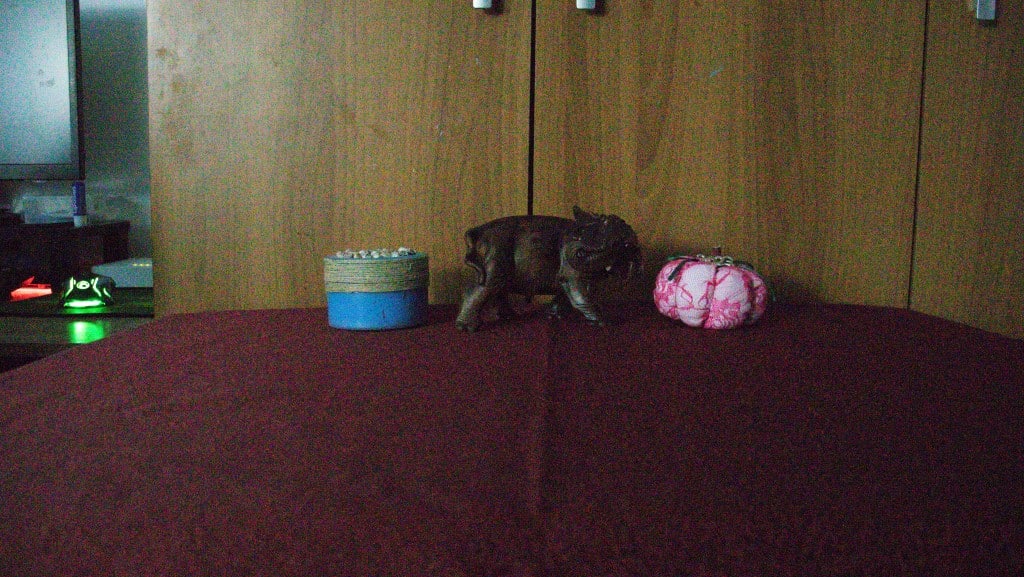
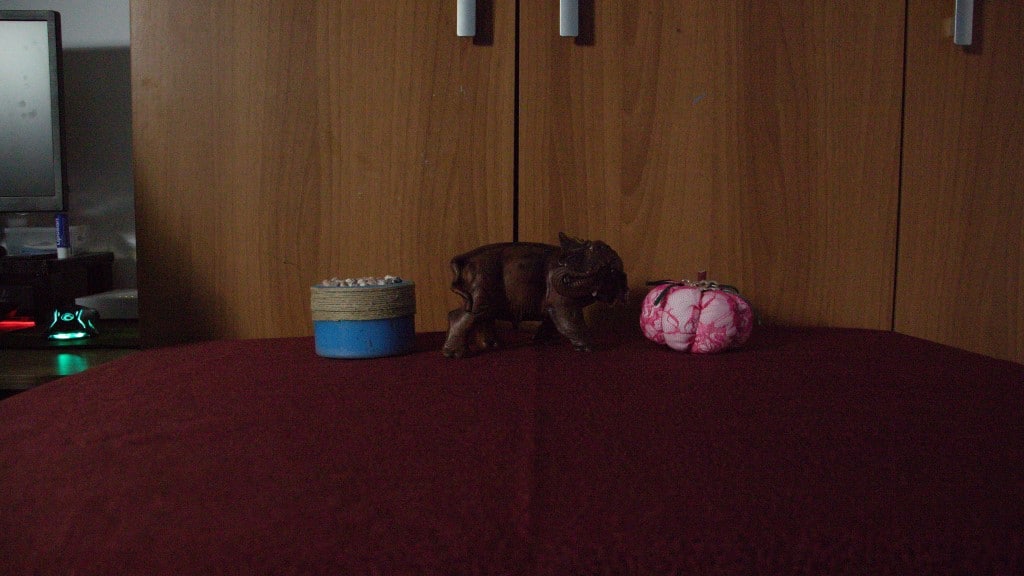
Even though we were not able to see what was on the monitor, we were surprised by the amount of detail the T7i managed to capture once we adjusted lightness in editing! There was not much color noise but there was some mild grain.
After we applied noise reduction, the amount of detail preserved was quite shocking.
So, under low-light conditions, it’s better to shoot at 100 ISO rather than 3200+ ISO. Remember that this is true only for photography as we need the RAW format to retain the details.
Video
When it comes to video quality, after 1 year of recording and editing videos, I have to say that the results are fairly satisfying. Check the Maono DM30 review video above since it was shot using the EOS 800D.
The highest resolution you can shoot is 1080p60 which is very convenient for slow-motion B-Roll footage.
The truth is that 1080p slowly becomes outdated, not so much for viewers but mainly for videographers. You’d rather shoot at 4K and then export the final footage in 1080p.
The result is typically much better in terms of sharpness and detail. So keep that in mind if you’re interested in this camera since it can’t shoot 4K at all.
The format of this camera’s video is the traditional mp4. There are no Canon C LOG profiles to choose from, although, there is an alternative for that.
To get an image similar to that, you have to create a custom profile where you’ll lower the contrast and saturation.
That’s especially useful when shooting in bright daylight in order to retain as much information as you can from your highlights. However, it’s not as effective as an actual LOG profile.
Stabilization
It’s important to mention that the Rebel T7i doesn’t come with built-in stabilization which means that you’ll need a lens with a stabilizer.
With that in mind, if you have a small rig with a gimbal, you may get away with not having such a lens. That’s a workaround but it’s gonna cost more.
Regarding the quality of the stabilizer, you have 2 options. The standard mode is pretty decent but mostly for handheld motion.
The enhanced one, on the other hand, is made for extreme motion but it crops the image too much so you’re going to lose some quality there for sure.
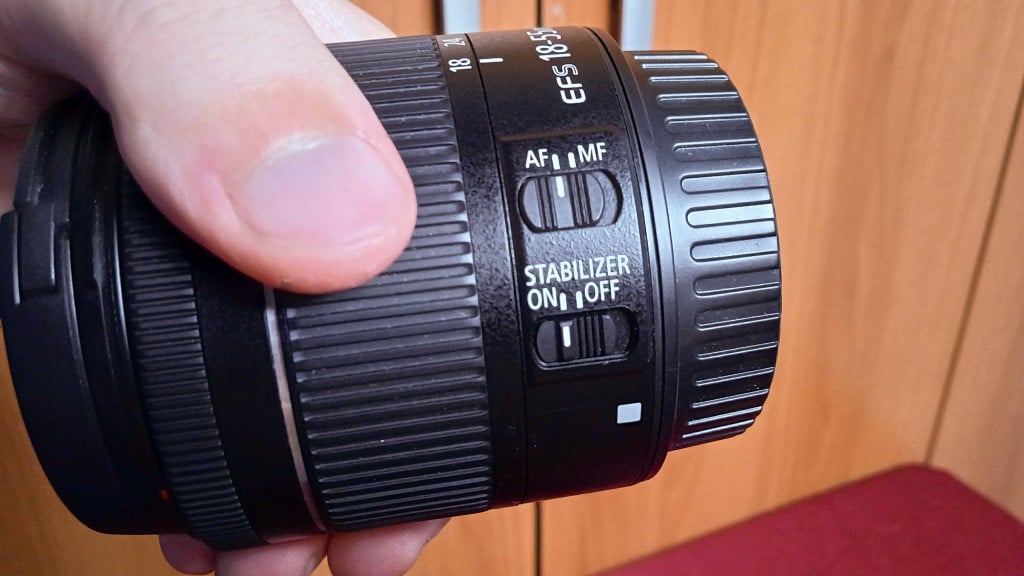
The 3 AF options that you have in the video are AF Tracking with Face Detection, Smooth Zone, and 1 point. I prefer using the Smooth Zone and the AF tracking since you lose focus less often that way.
The AI tracking is phenomenal, mainly because of Canon’s Dual Pixel technology. If you leave the frame and return, the camera focuses on your face really fast. You can also track objects by tapping on them on the touch screen.
Battery Life
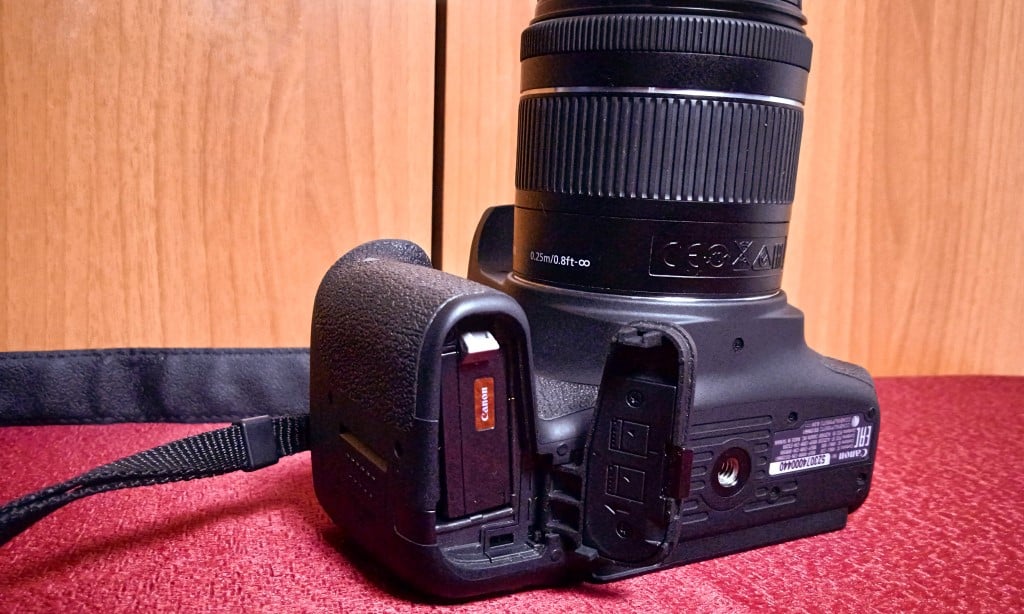
The battery life of the Canon EOS 800D is definitely improved compared to the previous models. You can expect the 1040mAh battery to last for 820 pictures without flash if you use the viewfinder.
With LiveView, this number gets lower to about 600 pictures. These are still a lot of images for an entry-level camera.
Keep in mind that these numbers vary based on many factors such as the image resolution, the format, and the LCD screen brightness.
As for the video battery life, when fully charged, it typically lasts for about 1.5 hours depending on the resolution and framerates you are shooting at.
Additionally, this camera doesn’t support USB charging so you’ll need a dummy battery in order to use it for longer periods of time.
Who should buy this camera?
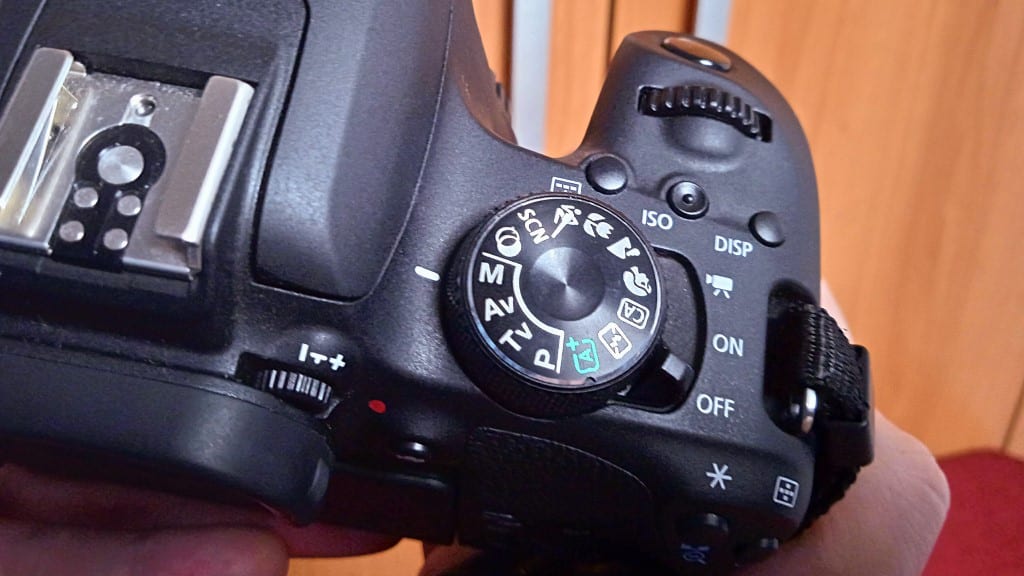
Buy if…
You want an entry-level DSLR camera with high image quality that can do pretty much anything a beginner and intermediate photographer/videographer may need.
It lacks 4K recording and C-LOG but the 60fps video and 3.5mm mic input of this camera is something that most cameras lack in that price range.
Don’t buy if…
You are a professional who wants to utilize LOG profiles and 4K resolutions in videography.

